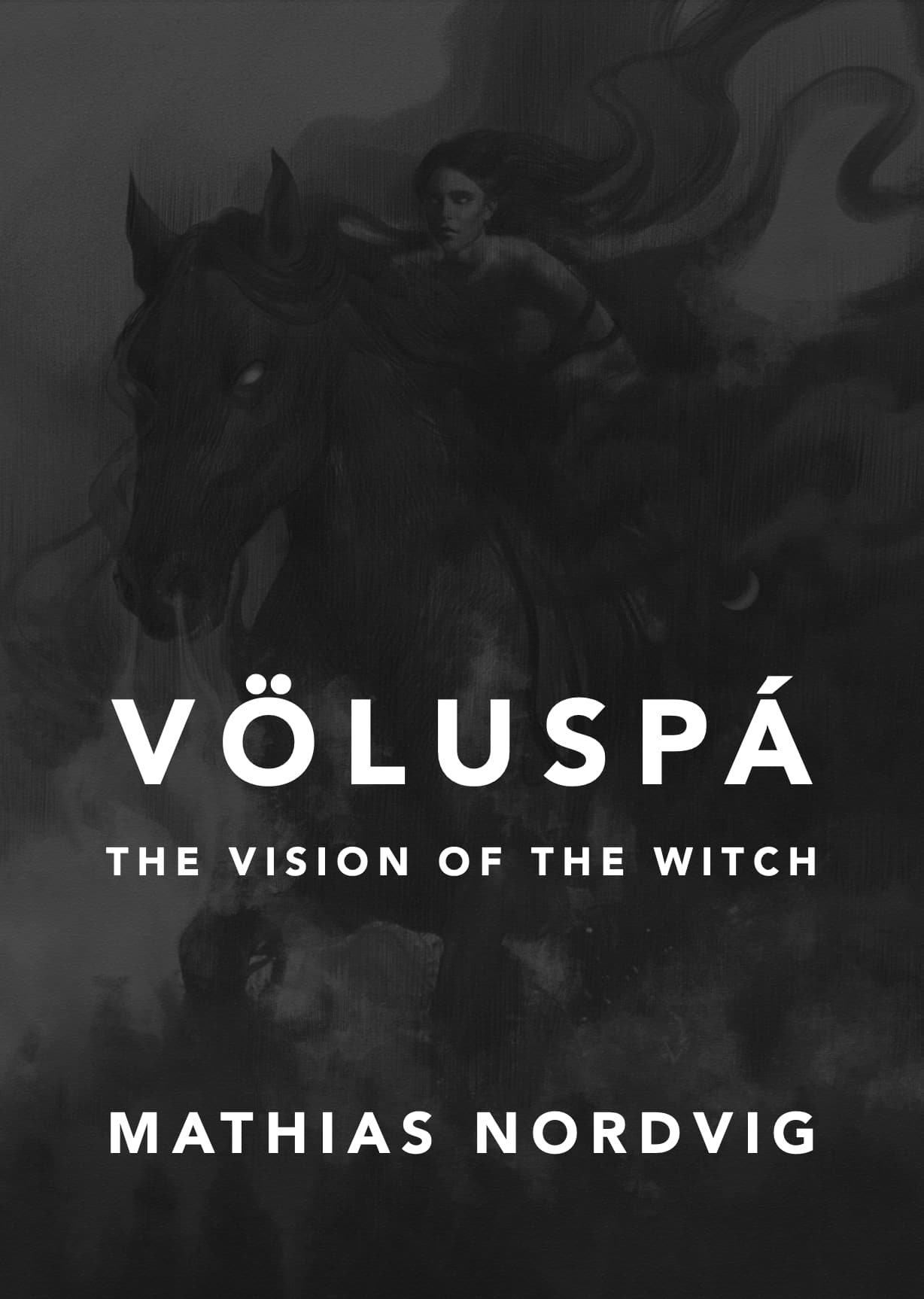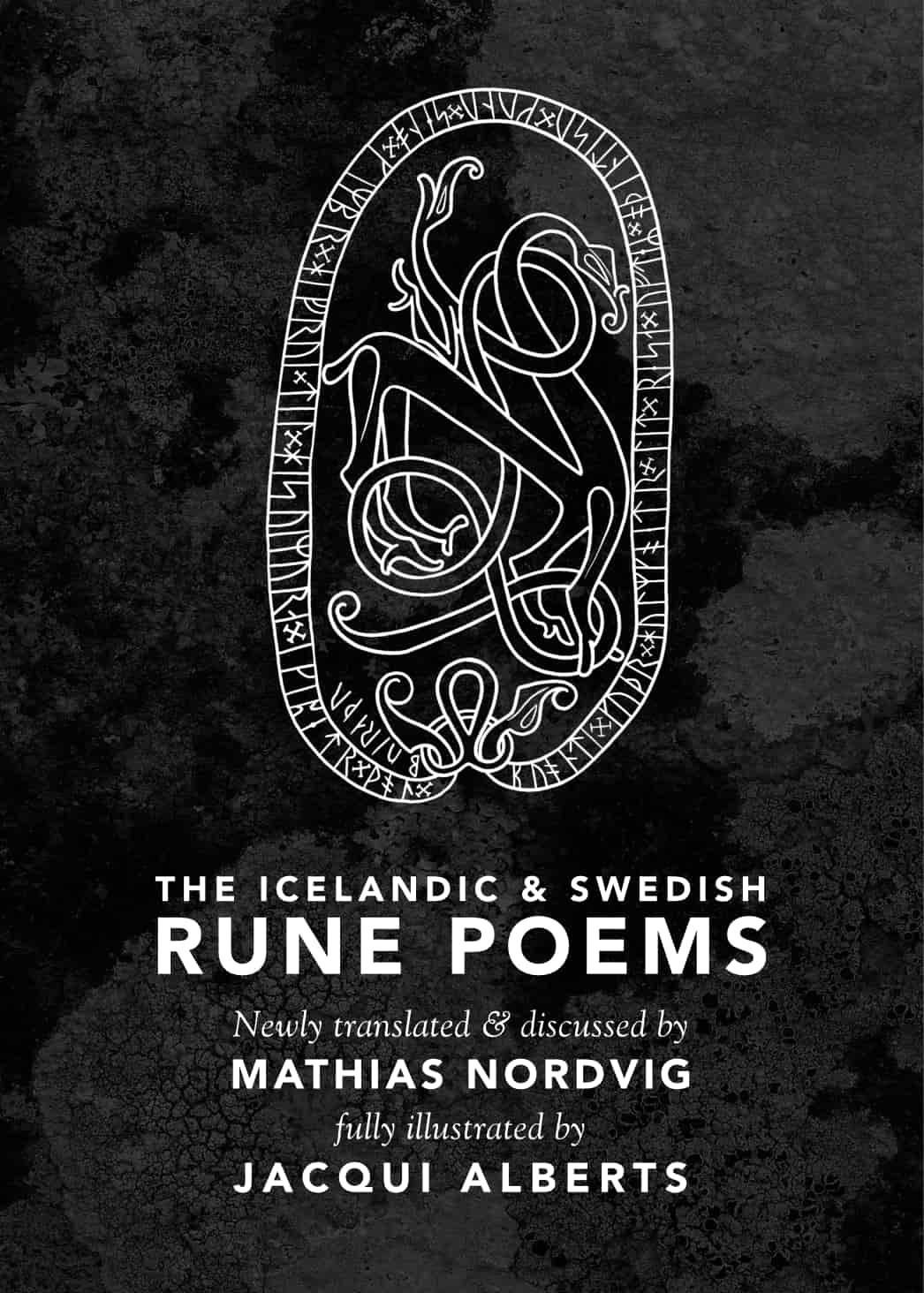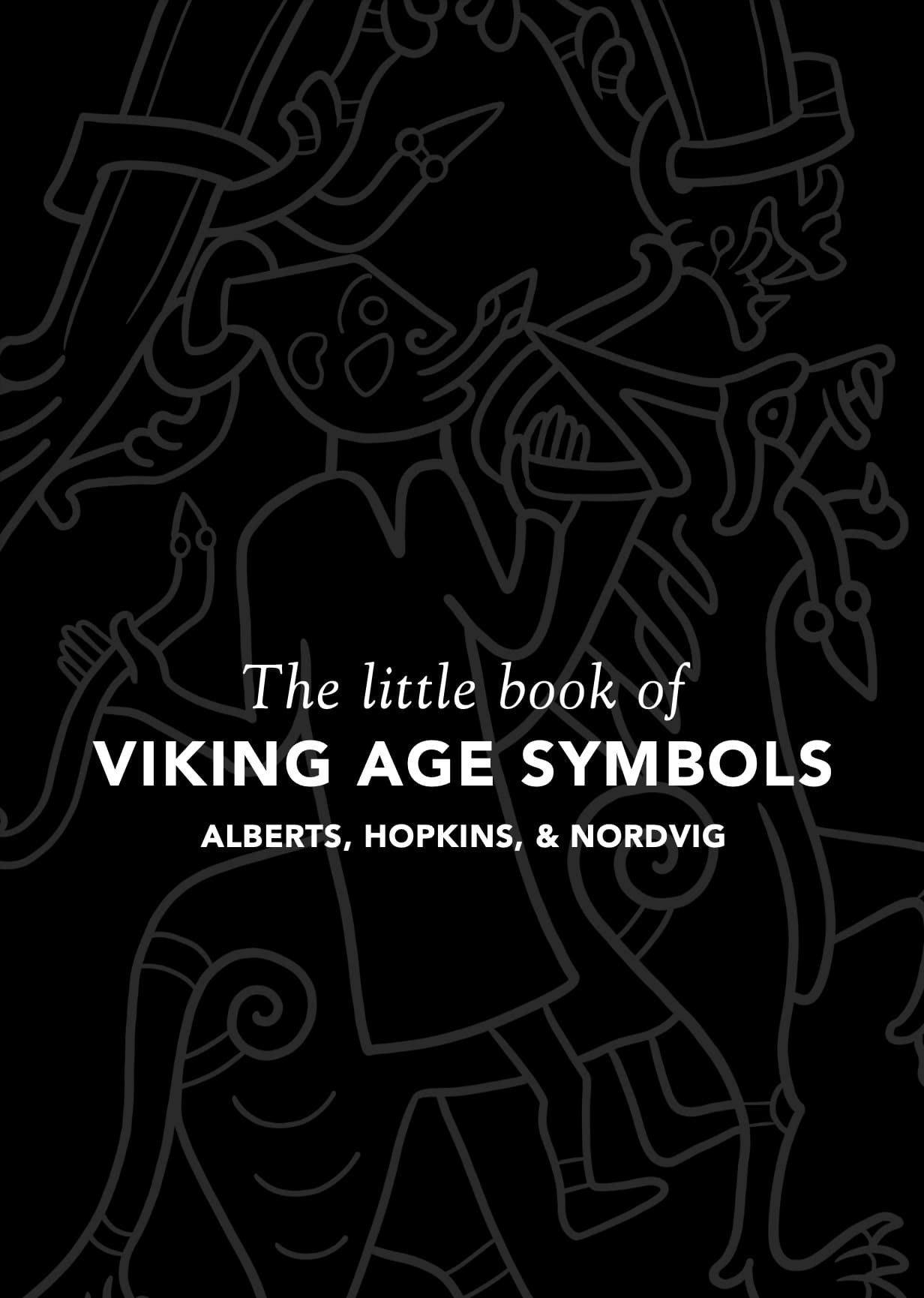Why not start a reading circle? Here at Hyldyr, we have a special relationship with reading circles. In fact, one could say that the publishing house ultimately developed out of one.
Hyldyr is an extension of a unique, non-commercial, web-based project focused on providing useful resources (Mimisbrunnr.info), which was originally intended as a news resource for a reading circle. The reading circle in question, Ár Var Alda (ÁVA), was initially sponsored by (and mainly held at or around) the Department of Germanic and Slavic Studies at the University of Georgia over a decade ago.
Yet the primary reason we recommend starting a reading circle is because a reading circle can make for an excellent way to become not only more familiar with a given text, it can also connect you with individuals with similar interests. Depending on the type of material you’re reading, there may be additional benefits for your circle. For example, at ÁVA, we frequently read eddic and skaldic poetry: reading aloud, even in translation, is far closer to the original context of historic Germanic alliterative verse than the isolated experience of reading text on a page.
In this resource, we discuss what it takes to start a reading circle and along the way provide a little insight from our own experiences.
Getting started
To found a reading circle, you’ll need three things:
a. People: Whether your circle is private or public, you’ll need at least one other person willing to regularly meet with you to get things rolling
b. Reading materials: You’ll need to decide on what to read, including whether to use the same editions and/or translations
c. Location & time: An appropriately quiet and uncrowded place to gather at a regular time is a must for a successful reading circle
a. People
The most important part of forming a reading circle is gathering people with shared interests. When we started ÁVA, we tapped into a pool of UGA students and instructors from the school’s historical linguistics, Germanic studies, comparative literature, and classical studies programs and departments (among others). As word spread, we eventually reached capacity and had to start reserving rooms at UGA for meetings.
When we moved to Ballard and continued the reading circle there, we attracted a different crowd. Ballard is a famously Scandinavian-American-oriented area of Seattle and many of our attendees intended to learn about historic Scandinavian texts to get a better handle on their heritage. Later still, in Olympia, we quickly attracted some of our largest crowds yet. This third incarnation consists primarily of adherents of contemporary Heathenry. Despite their differences, each group expressed intense interest in the texts we read.
Your reading circle participants will vary based on where and who you are. However, from our experience, the best way to start a reading circle is by contacting a few friends with similar interests and curiosities and invite them to regularly attend with you. Chances are that the more curious and even passionate about the subject your audience is, the better the attendance and livelier the discussion you’ll experience.
You have a variety of options for getting the word out exterior to word of mouth. At UGA, ÁVA placed flyers on billboards at strategic places on campus but we gained most of our regulars from word of mouth. Flyers were more useful in Ballard, while many ÁVA attendees in Olympia have made their way to the reading circle either through local word of mouth or social media posts from other attendees and from Hyldyr’s Instagram.
b. Reading materials
Once you have the people, now you need something for them to read. In ÁVA’s case, we have traditionally focused on English language editions of medieval material from Northern Europe. This included material like eddic poetry (like the famous Völuspá) alongside prose items like Völsunga saga. Both ultimately stem from material dating to pre-Christianization Viking Age Scandinavia. We’re really big into pagan poetry around these parts.
Once you’ve decided on what to read, it’s time to decide on how to read it. Should your group provide reading material copies or should each member purchase a copy? ÁVA has historically been in the unusual situation where the circle has accrued an extensive collection of translations over the years. This is primarily due to the present author, who has acquired many translations of relevant texts over the course of decades (like Eddic to English and Edda to English). In turn, we've generally been able to provide reading materials to members as necessary.
You’ll need to decide where to use different translations and editions. Using different translations presents challenges but can also provide unique benefits. Reading aloud in a circle from different translations can cause much confusion, particularly when editions of the same text can dramatically differ. For example, translators of the Poetic Edda may change their stanza orders from different manuscripts or make other major alterations. They may or may not explain or even notify the reader. Some translators also have a habit of ‘archaizing’ material in a highly stylized manner, presenting further challenges for readers. All of this can be very confusing.
Yet using different translations and editions offers the potential of encountering new perspectives. If you’re a student of a particular historic text, being aware of these different approaches and receptions can prove to be very important.
You’ll need to consider the pros and cons. If you're just getting started with a reading circle and are not exceptionally familiar with a text, its history, and its reception, we recommend sticking to the same translations to reduce the likelihood of confusion and wasted time.
c. Location and time
With people on board and material in hand, now you just need to figure out where to meet. If your reading circle consists of a small group of friends, you might consider meeting together at a private place and, if the weather allows for it, we recommend reading aloud outdoors.
If your reading circle is open to the public, we recommend choosing a public location that serves either coffee or alcohol and, if you intend to keep your welcome there warm, encouraging all visitors to buy something from the establishment while attending the reading circle. Additionally, many establishments will most welcome your group during their traditionally slower days, like Mondays or Tuesday afternoons, and from our experience are happy to reserve a space for your group.
Speaking of schedules, you'll find that a regular schedule promotes regular attendance. After all, when your attendees can plan to attend, they’re more likely to show up. We recommend producing some kind of website or social media account that explains who you are, what you do, and when and where you meet. Consider posting your meeting days there well in advance.
Finally, we probably don’t need to tell you this, but it bears emphasizing: we don’t recommend inviting people you don’t know to your house for reading circles. While we’ve never had any issues, meeting in public also provides you the option to leave if anything unpleasant happens. You never know!
Operating a reading circle
There are many ways to run a reading circle. For example, ÁVA meetings are generally led by the present author. This “leader” is an individual responsible for performing tasks like welcoming new members, facilitating introductions, keeping the reading group moving in an orderly fashion, informing attendees about reading circle updates, and assisting with reading choices.
Our reading circle lasts one hour. We meet every other Tuesday at a local beer hall from 7-8 PM. We start off every meeting with introductions, quick announcements, and relevant updates as necessary before continuing our reading from the previous session.
We’re a reading circle rather than a reading group or book club because we read aloud each meeting in a counterclockwise order, with each member reading more or less the same amount of material before the circle leader attempts to explain it and then fields questions about it. This cycle repeats until the end of the meeting. We generally stick around and chat for a while after each meeting. ÁVA requires no outside reading.
ÁVA currently sees an average of about 20-25 regular attendees. Group members arrive primarily from the local area (Olympia) but also travel from further afield (such as Seattle, Tacoma, and Portland).
Go forth and Encircle!
Ultimately, we've ran ÁVA for so long because we enjoy it. It's a great way to meet people with similar interests, to become more familiar with endlessly inspiring material, and to gain new perspectives and different takes on it. If at all tempted, we highly recommend that you consider starting a reading circle of your own. And if you need a hand, we welcome you to reach out for tips.








